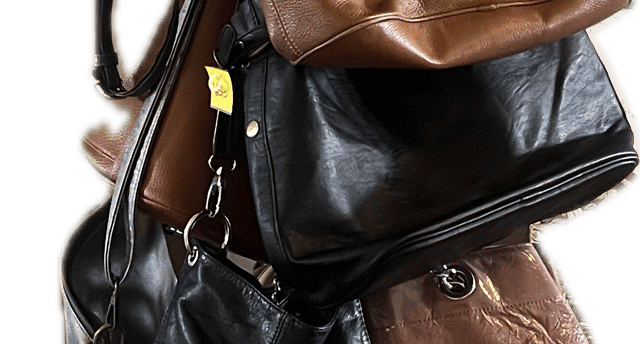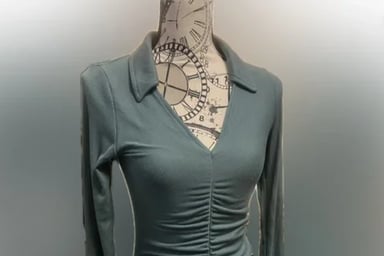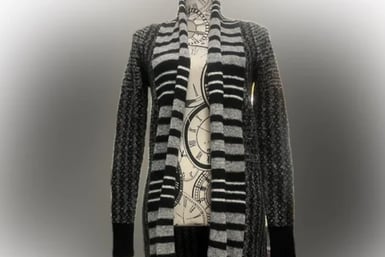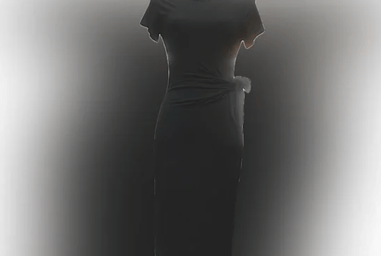Understanding the Differences: Authentic, Dupes, and Fake Products in Fashion



What Defines Authentic Products?
Authentic luxury fashion items are often considered the epitome of style and sophistication, distinguished by several hallmark characteristics that set them apart from dupes and fake products. At the forefront is the brand's heritage, which plays a pivotal role in ensuring each piece carries a legacy of excellence. Renowned brands such as Chanel, Louis Vuitton, and Gucci have established themselves through decades, if not centuries, of craftsmanship and innovation, making their products unique and intrinsically valuable.
Craftsmanship is another cornerstone of authentic products. Each item is typically handcrafted by skilled artisans, highlighting meticulous attention to detail and superior quality. Whether it’s a purse, handbag, clothing piece, or pair of shoes, the intricate techniques utilized in production reflect a level of finesse that is hard to replicate. For instance, genuine leather used in luxury bags undergoes a rigorous process that ensures durability and a refined finish, characteristics that are often lacking in counterfeit versions.
Quality materials further distinguish authentic luxury items. High-grade fabrics, premium leather, and other top-notch materials contribute significantly to the allure and longevity of these products. These materials not only enhance the aesthetic appeal but also ensure the item’s durability, giving consumers value for their money.
Branding elements, such as logos, tags, and packaging, are essential indicators of authenticity. Luxury brands often implement specific trademarks and detailing techniques, like unique stitching patterns and logo placements, which counterfeiters find challenging to duplicate accurately. Official certificates of authenticity, issued by the brand, also serve as verifiable evidence of a product's genuineness.
Official retail channels are another vital consideration. Purchasing from authorized retailers or directly through the brand’s boutiques guarantees that the product is authentic. This eliminates the risks associated with the grey market, where the chances of encountering counterfeit goods are significantly higher.
Furthermore, buying authentic products supports ethical practices. Genuine brands often ensure fair labor practices and sustainability in their production processes, contrasting sharply with the often exploitative practices involved in manufacturing counterfeit goods. Supporting authentic brands not only elevates one’s style but also contributes to maintaining ethical standards in the fashion industry.
Understanding Dupes and Duplicates: Imitation with a Twist
In the dynamic world of fashion, the concept of dupes and duplicates plays a significant role in offering stylish alternatives to high-end products. Unlike counterfeit items, which illegally copy and falsely claim to be from premium brands, dupes are legally distinct. They draw inspiration from the design and aesthetic of luxury items without misrepresenting their origin. These imitation products make designer-inspired fashion accessible to a broader audience without the ethical and legal ramifications associated with counterfeit goods.
One of the primary appeals of dupes is their ability to mimic the look and feel of high-end fashion at a fraction of the cost. For many fashion enthusiasts, this provides an opportunity to enjoy trendy styles without straining their finances. Despite their affordability, it is important to recognize that dupes often differ in quality and material from authentic products. While they may offer a visually similar experience, the lifespan and craftsmanship might not measure up to those of the original item.
Legal and business considerations are crucial in distinguishing dupes from counterfeit products. Dupes do not violate intellectual property laws, as they do not bear the trademark or branding of the original designer. They merely draw inspiration, which is generally acceptable within the bounds of intellectual property rights. As a result, brands often strategically create dupes to meet market demand for fashionable, budget-friendly items.
From a business perspective, the creation of dupes serves dual purposes. It helps brands capitalize on popular trends driven by high-end fashion without the need for substantial investment in innovation and design. Additionally, it provides consumers with diverse options, fostering a competitive market landscape. However, it is essential for consumers to remain aware of the potential trade-offs in quality and longevity when opting for these less expensive alternatives.
Overall, dupes and duplicates occupy a unique niche in the fashion industry, blending affordability with style. They offer an enticing balance for those who wish to stay trendy while being mindful of their budget, without crossing the ethical and legal boundaries of counterfeit goods.
Fake Products and Knockoffs: Deception in Fashion
Fake products and knockoffs deliberately mimic authentic items to deceive consumers into believing they are purchasing genuine goods. These counterfeit fashion items are designed to closely resemble original products, often at significantly lower prices. However, this deception can be uncovered through careful observation of several key characteristics, starting with inferior quality. Unlike authentic products, fake items are usually made with lower-grade materials, resulting in shorter lifespan and poorer performance.
Another clear indicator of counterfeit items is discrepancies in logos and branding elements. Fake products often feature slight alterations in logos, such as misspellings or improper fonts. Additionally, packaging can differ substantially from that of authentic products. These discrepancies can include variations in color, missing details, or lower overall packaging standards. Such inconsistencies are strong indicators that the item is not genuinely made by the purported brand.
Buying fake products encompasses several adverse effects, beginning with legal and ethical ramifications. The production and sale of counterfeit fashion items often violate intellectual property laws, potentially leading to legal consequences for sellers and purchasers involved in the transaction. Ethically, supporting counterfeit markets undermines the hard work and creativity of original designers, contributing to an industry rife with exploitation and unfair labor practices.
From an economic perspective, counterfeit products can have significant detrimental impacts. They lead to considerable revenue losses for legitimate businesses, which in turn can affect employment rates and investments in innovation within the fashion industry. Consequently, consumers are encouraged to avoid counterfeit items to protect the economy and support sustainable fashion practices.
To avoid being duped by counterfeit fashion items, consumers should educate themselves on the quality and specifics of the brands they intend to purchase, scrutinize the details of logos and packaging, and be wary of deals that appear too good to be true. Additionally, purchasing directly from the brand’s official stores or reputable retailers can help ensure the authenticity of the products.








